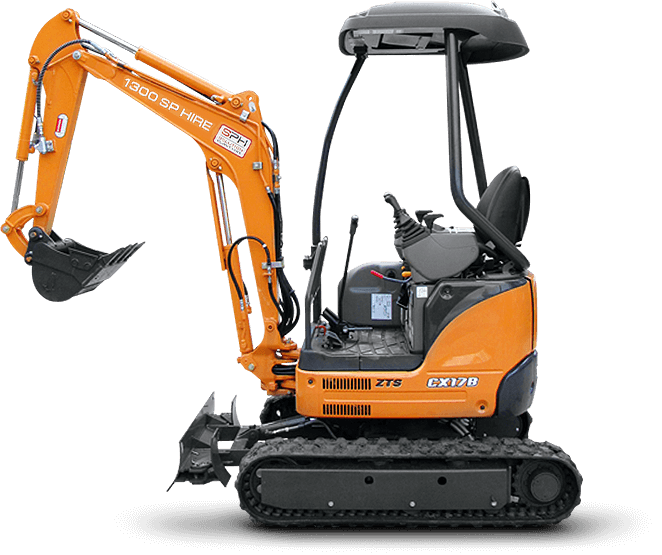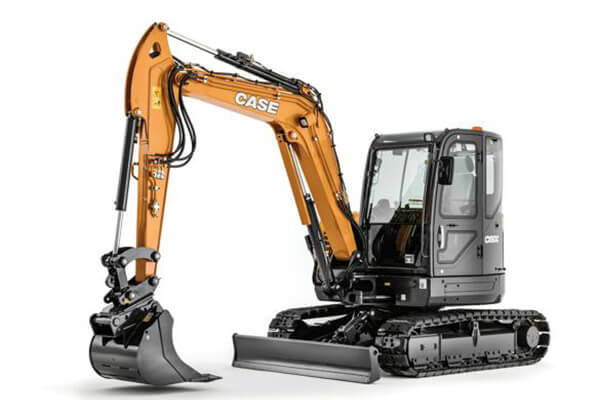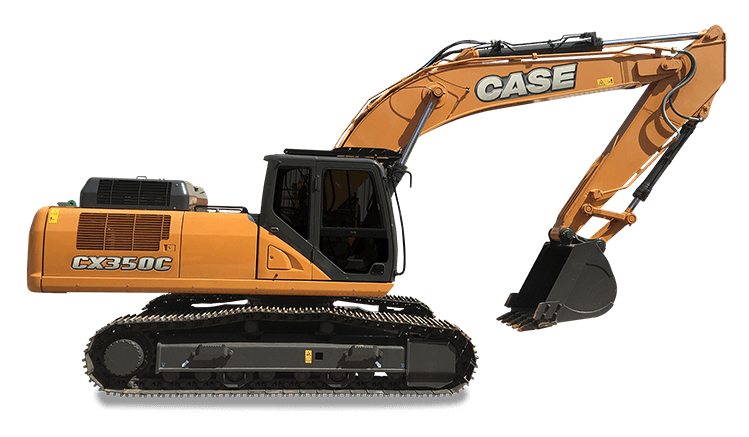Numerous tools, equipment, and heavy machinery are involved in the construction industry, with excavators playing a major role. Excavators are versatile machines, especially when you incorporate different attachments for specific tasks. You’ll find excavators in all shapes and sizes, each with its pros and cons and areas of specialisation. So, let’s take a look at how different excavator sizes shape the construction industry.
The importance of choosing the right excavator
We’ll get into some of the different excavator types and sizes shortly, but we need to touch on the importance of choosing the right excavator. Quite simply, if your excavator isn’t big enough or doesn’t have the necessary power or lifting and digging capacity, it won’t be fit for purpose. But there are so many other things to consider beyond size and capacity, such as:
· The type of work you need to do
· The attachments required
· Manoeuvrability and site access
· Boom arm reach
· Maintenance requirements
This list isn’t exhaustive, but it shows you the range of things you need to consider when selecting the right excavator for your job. If you’re unsure of your specific needs, always ask the professionals at Solution Plant Hire. We’ve got excavators for every need, and our experts always help you find the perfect fit.
Skid steer excavators
While not the biggest, skid steer excavators are very common on construction sites around Australia. They’re smaller than a standard excavator, featuring a boom arm and bucket that faces away from the driver. Importantly, a skid steer excavator operates on wheels rather than a track. This gives it excellent manoeuvrability around cramped sites, but the wheels make it less suitable for muddy, sandy or uneven terrain.
Typically, this type of excavator is used for site clearing, debris removal, and residential work such as landscaping.
Mini excavators

Larger than a skid steer but smaller than a standard excavator, the mini excavator is also popular machinery on Australian construction sites. Mini excavators operate on a track, so they have the advantage of being able to work on terrain that a skid steer can’t. With that said, the track system does reduce its manoeuvrability somewhat.
Still, due to its size and its reduced tail swing, it can still be used successfully in smaller sites where access is an issue. Being smaller than other excavators, it has less capacity but is also very lightweight, making it more fuel-efficient and easier to transport long distances.
Standard excavators

When an excavator is above 5.5 tonnes, it is no longer considered a mini excavator. Usually, the range for standard excavators is between 8 tonnes and 30 tonnes. Within this standard category are a range of different excavators, such as knuckle boom and long-reach excavators.
The benefit of using a standard excavator for construction work is its increased versatility. You can use a range of attachments, such as augers, post drivers, buckets, rock breakers and more. Plus, with multiple sizes to choose from, you can get the perfect combination of precision and power, ensuring your machinery can handle anything you throw at it.
Large excavators

When you need to get some heavy work done, you need the most heavy-duty excavators. Large excavators usually go up to 80 tonnes, making them suitable for the heaviest jobs. However, with such size and power comes a reduced level of precision. You also get less manoeuvrability from a large excavator.
While many larger construction projects may have a need for large excavators, they are typically used in the mining industry or on jobs where a significant amount of materials need to be moved. When using these bigger models, it’s important to note that you’ll need a special trailer to transport it, meaning the overall operating costs are higher than with smaller excavators.
Specialist excavators
Specialist excavators are less common, however, they are out there, and they have quite specific use cases.
· Long-reach excavators: A longer arm and boom make this excavator ideal for construction projects where access is difficult. An arm reach of 40-100 feet ensures you can easily work over obstacles.
· Hydraulic shovels: You won’t find many more powerful excavators, but you won’t get a great deal of precision with a hydraulic shovel. You would only need one of these if you’re lifting extremely heavy rocks or other materials.
· Spider excavators: You’d need quite a specialised reason to use a spider excavator, which is why they aren’t terribly common. Basically, they operate on legs rather than wheels or a track. These are used when the terrain makes it impossible to use other options.
· Knuckle boom excavators: These handy machines have an extra arm joint, allowing you to reach difficult areas.
Undoubtedly, many different excavators are shaping the construction industry and will continue to do so for a long time. Choosing the right one can be difficult, but the team at Solution Plant Hire always offers the best advice to ensure your unique requirements are met. Contact our friendly team today and ask us about our excavator hire options.



